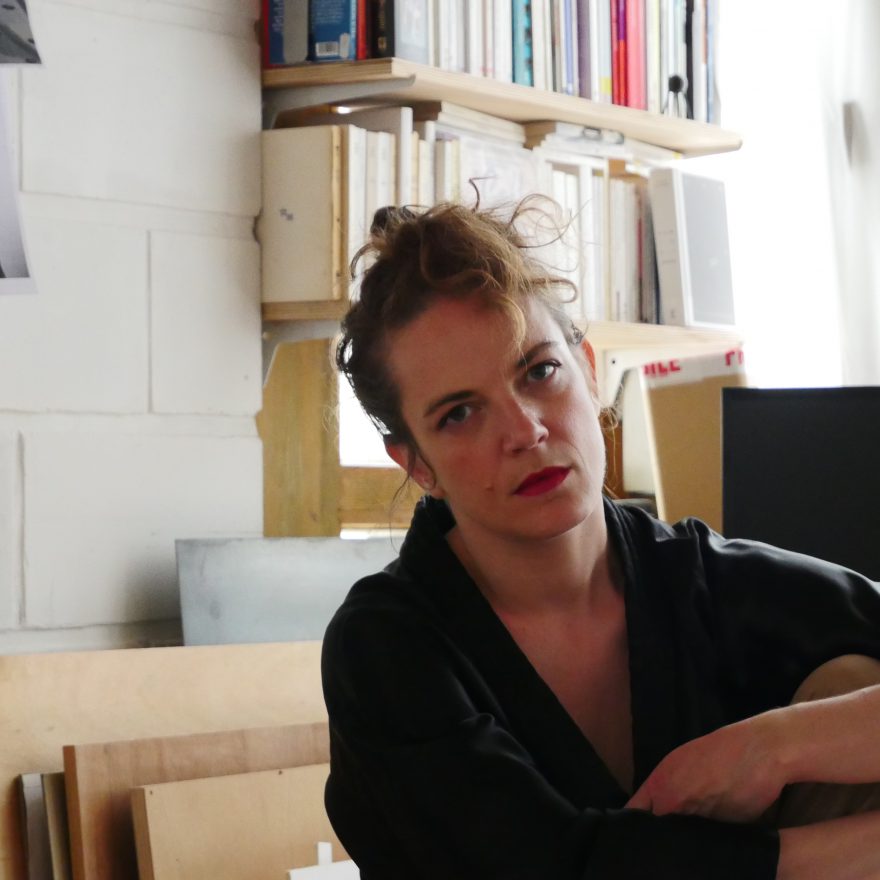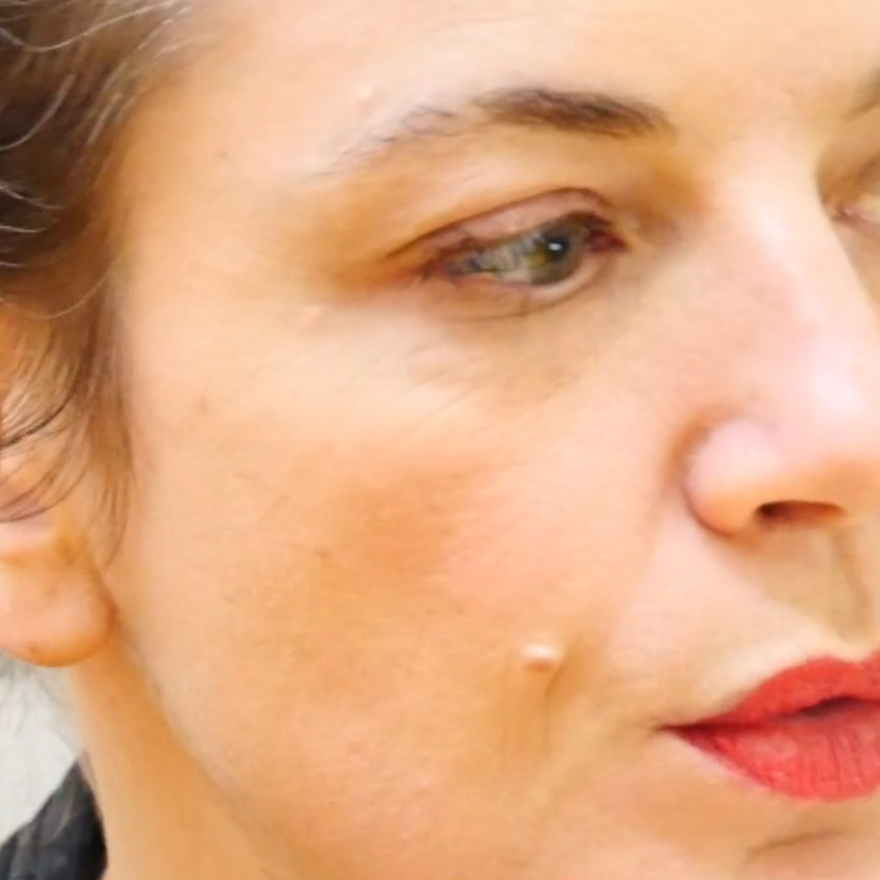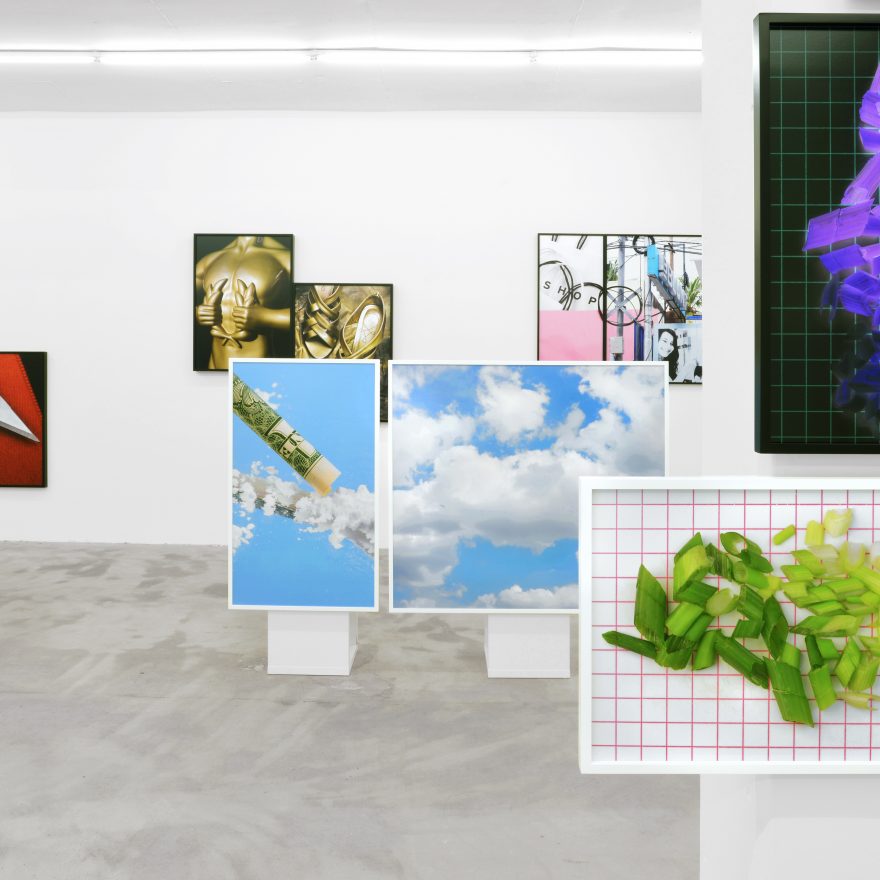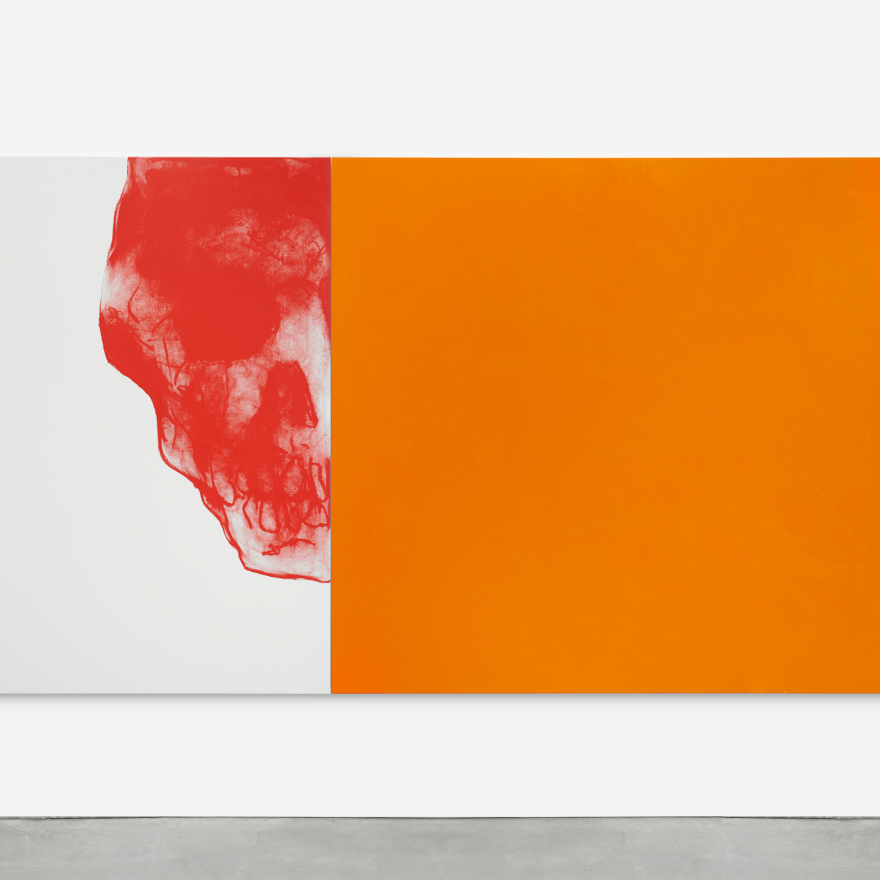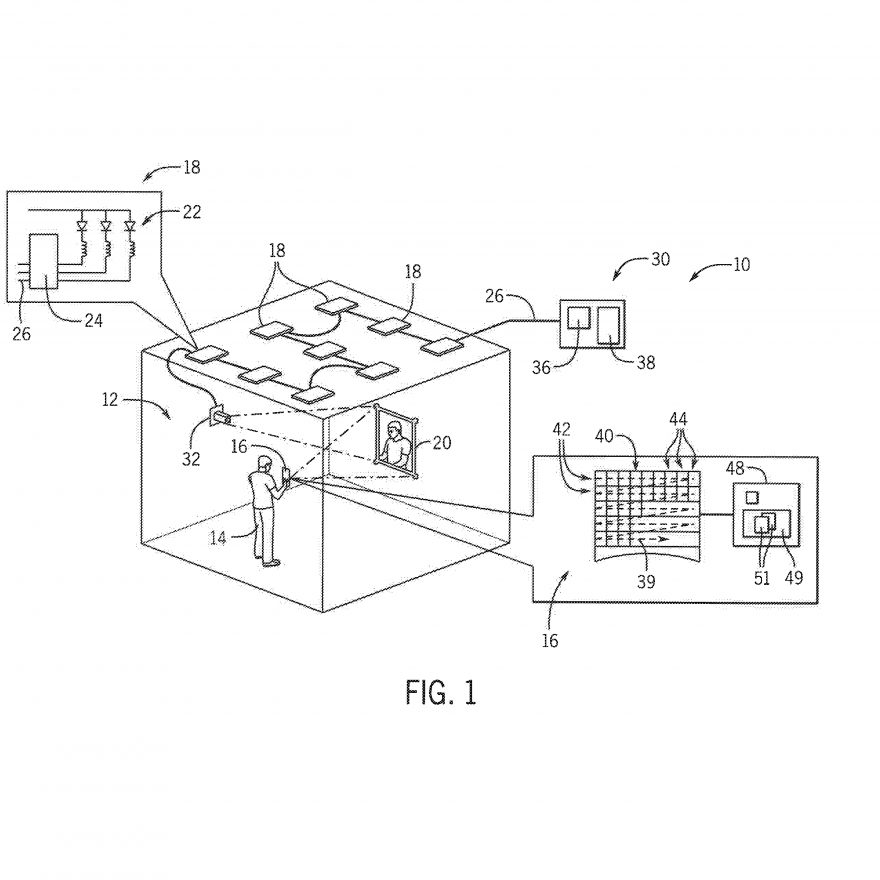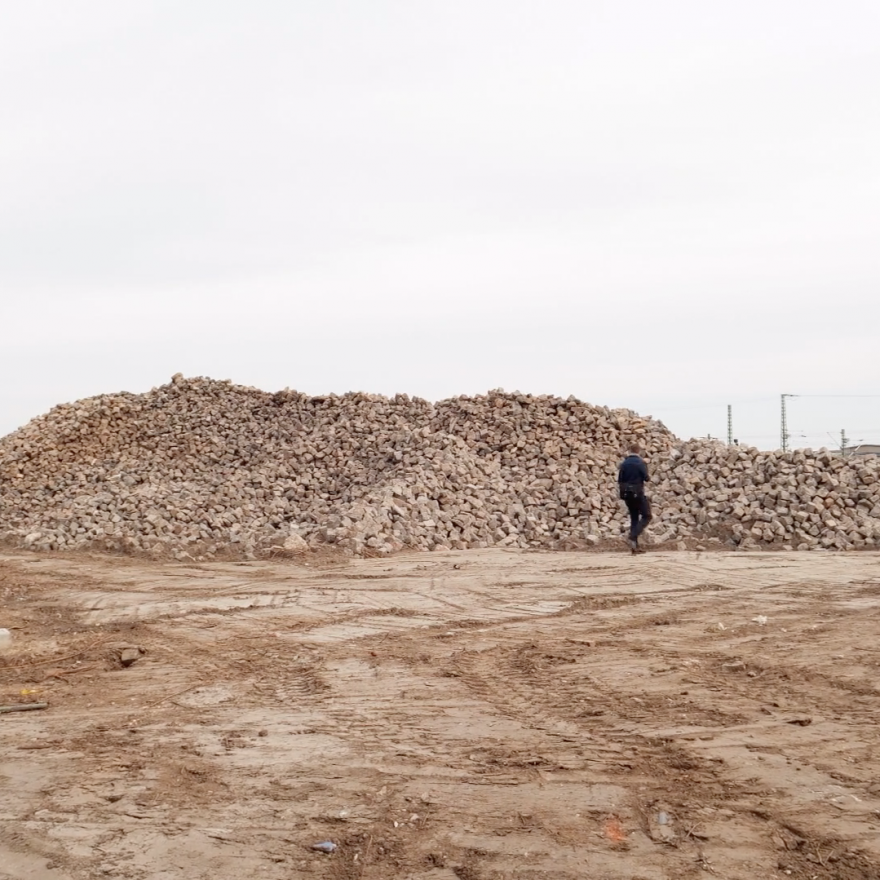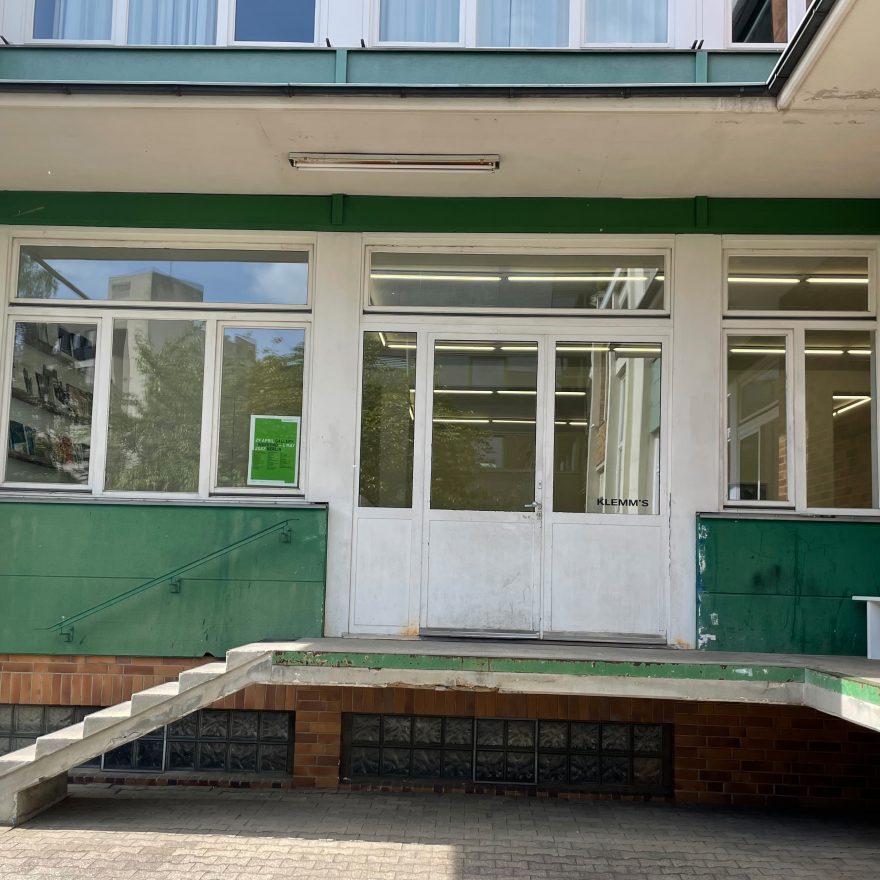Felipe Romero Beltrán
Dialect
28 FEB until 12 APR 2025
Opening – 28 FEB 2025, 6-9 pm
Klemm’s is delighted to announce the first solo exhibition of Colombian artist Felipe Romero Beltrán at the gallery, showcasing selected works from his photographic series Dialect (2020–2023) alongside the video work Recital (2020).
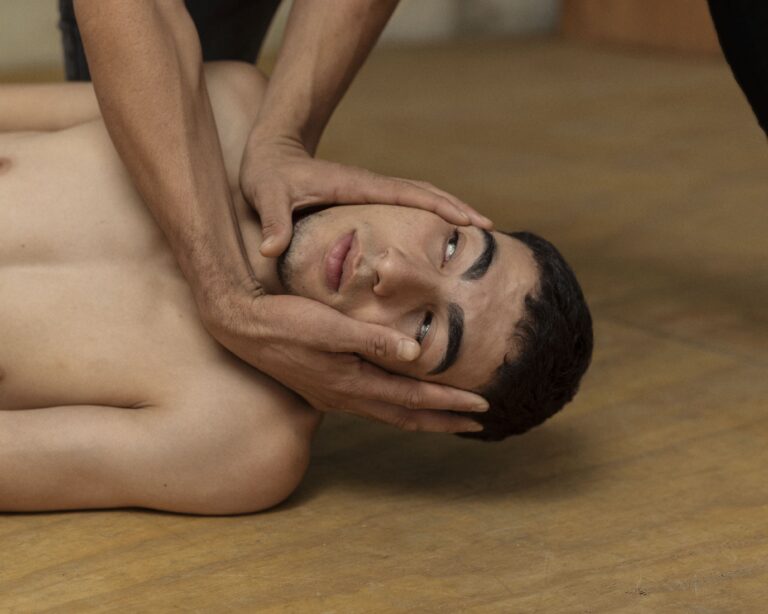
Dialect, 2022, Pigment on paper, 104 x 130 cm
Ed. 3 + 2 AP
Courtesy of the artist and HATCH
Born in Bogotá in 1992 and now based in Paris, Felipe Romero Beltrán explores the liminal realities of migrants in his multimedia, long-term project. In the juxtaposition of the Dialect series with the threechannel video projection Recital, documentation and staging merge into an ambiguous yet powerful narrative about waiting, companionship, and the conditions of migration, both bureaucratic and linguistic. Over the course of three years, Beltrán accompanied a group of minors from Morocco who had entered Spain irregularly and were placed in a temporary center while awaiting permission to legally immigrate. It can take up to three years for these youth to receive resident status, at which point they are legally declared adults. Trapped in limbo, they fill the time with sports, personal hygiene, and conversation.
Beltrán experiments with a visual understanding similar to documentary photography, an anticipation that quickly dissolves in the irritating artificiality of the scenes. The images bear witness to the photographer’s sensitive empathy, yet simultaneously reveal his distinct artistic style. His extremely precise compositions succeed in posing questions about identity, power dynamics, and social structures, while at the same time creating a completely new imagery that resists clear typological classification. Beltrán’s images achieve a dual impact, in which their visual potency supercedes their narrative power. His work fosters a subtle yet profound reflection on migration not only as a geographical phenomenon but also as a bureaucratic, social, and emotional experience. Through his staged compositions, he renders the monotony and inertia of time almost tangible, using the body as a metaphor. His images, reminiscent of Renaissance religious paintings, exude a sacred, almost wax-like quality. They allude to waiting as an existential condition—the anticipation of a promise, of a life poised to unfold but frozen at the moment captured on photograph, existing merely as a distant ideal. Beltrán’s photographs depict the reality of these young men while also conveying the artificiality of the situation. The protagonists, asked to re-enact specific scenes from their lives, appear as figures caught between worlds, between different forms of belonging. The meticulous composition and choreography of the images amplifies this impression. The stagnation dominating the photographs paradoxically expresses the perpetual movement of people pursuing the dream of a better future, yet trapped within political and bureaucratic cycles. We witness fragmentary, re-enacted moments of a still unfolding process, observe people caught in a system that defines their lives but only partially accepts them.
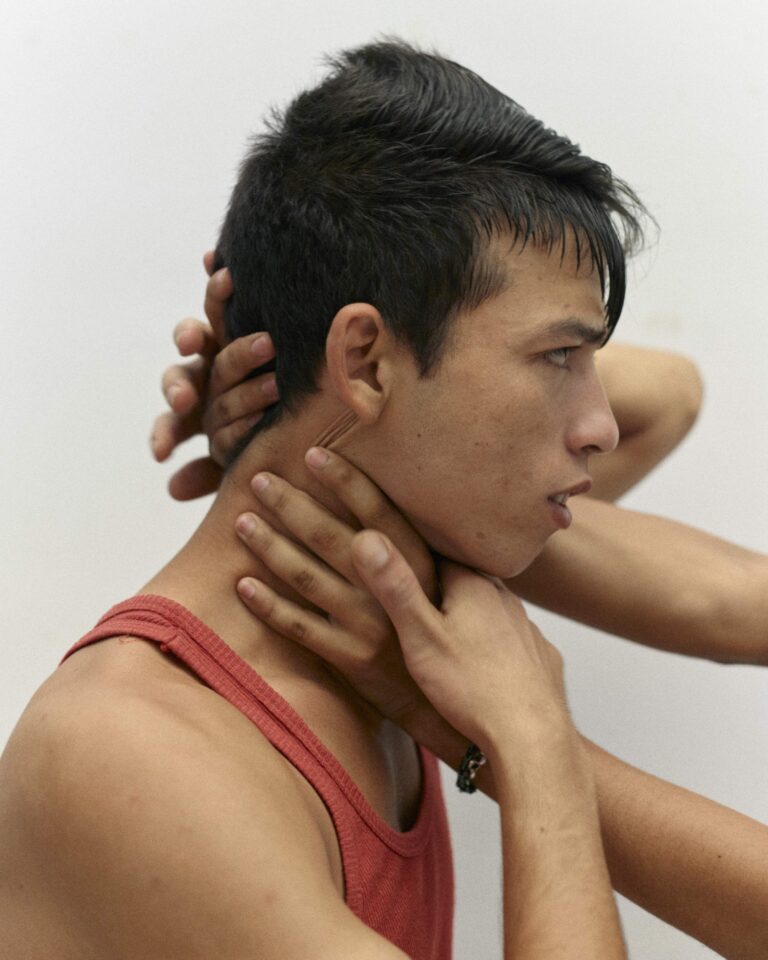
Dialect, 2022, Pigment on paper, 50 x 40 cm
Ed. 7 + 2 AP
Courtesy of the artist and HATCH
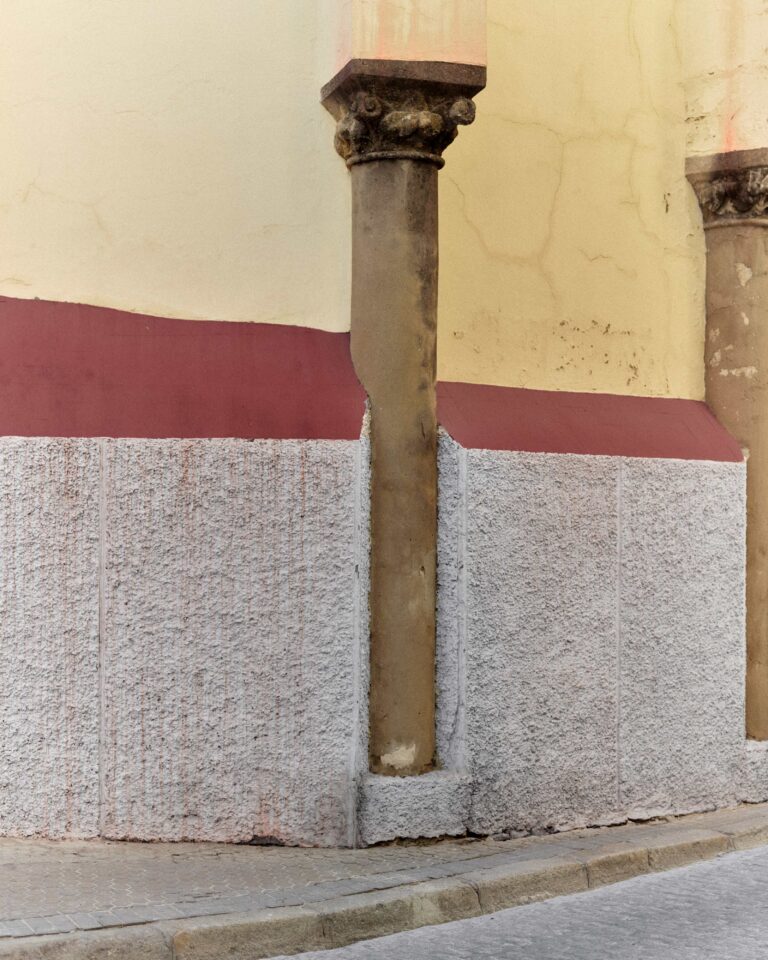
Dialect, 2022, Pigment on paper, 130 x 104 cm
Ed. 3 + 2 AP
Courtesy of the artist and HATCH
The video work Recital, which delves deeper into these themes, highlights the language barriers and the surreal, often absurd demands faced by migrants. Beltrán films the young men reading the first four pages of the spanish migration law out loud, an attempt that takes over 20 minutes as they struggle with the language that seeks to categorize them. Communication and comprehension in a system of administration and control.
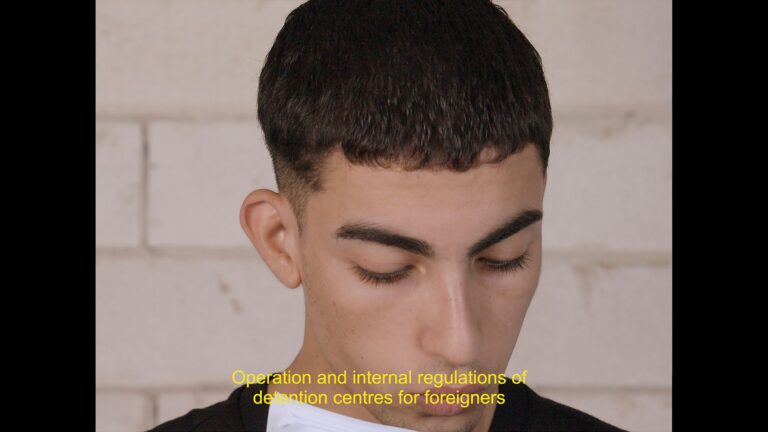
Recital, 2020, Four / to fifty pages of Spanish Immigration Law
Three-channel video, 20 min, sound, color
Ed. 3 + 2 AP
Courtesy of the artist and HATCH
For the presentation in the gallery spaces Beltrán developed a special setting in which echoes of the bureaucratic and temporary interact with the artworks and accentuate the conceptual structure by recalling its constructedness. With Dialect, Felipe Romero Beltrán creates a multifaceted narrative that addresses urgent questions of migration while reflecting on the emotional and psychological dimensions of the process. It is a narrative that reflects on the invisible yet fundamental structures of global contexts and which the artist skillfully translates into a visual language that is as universally comprehensible as it is characteristic.

